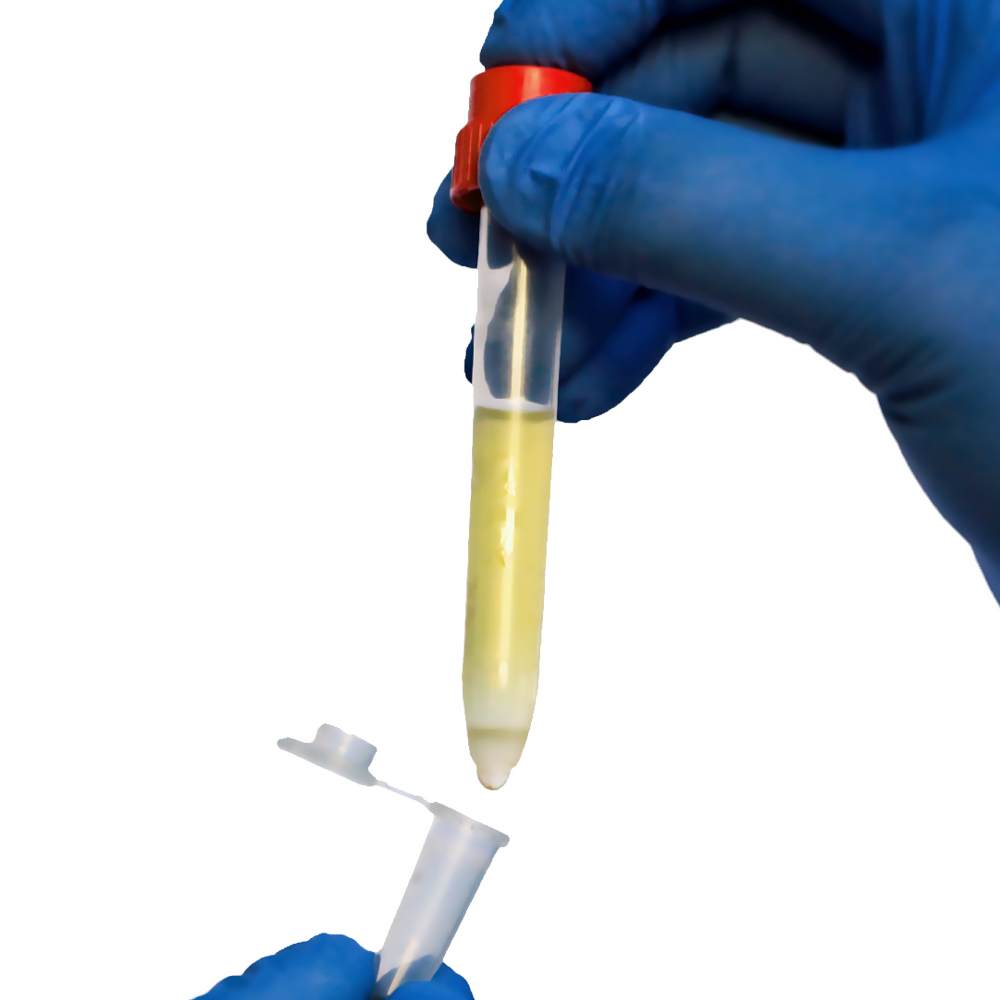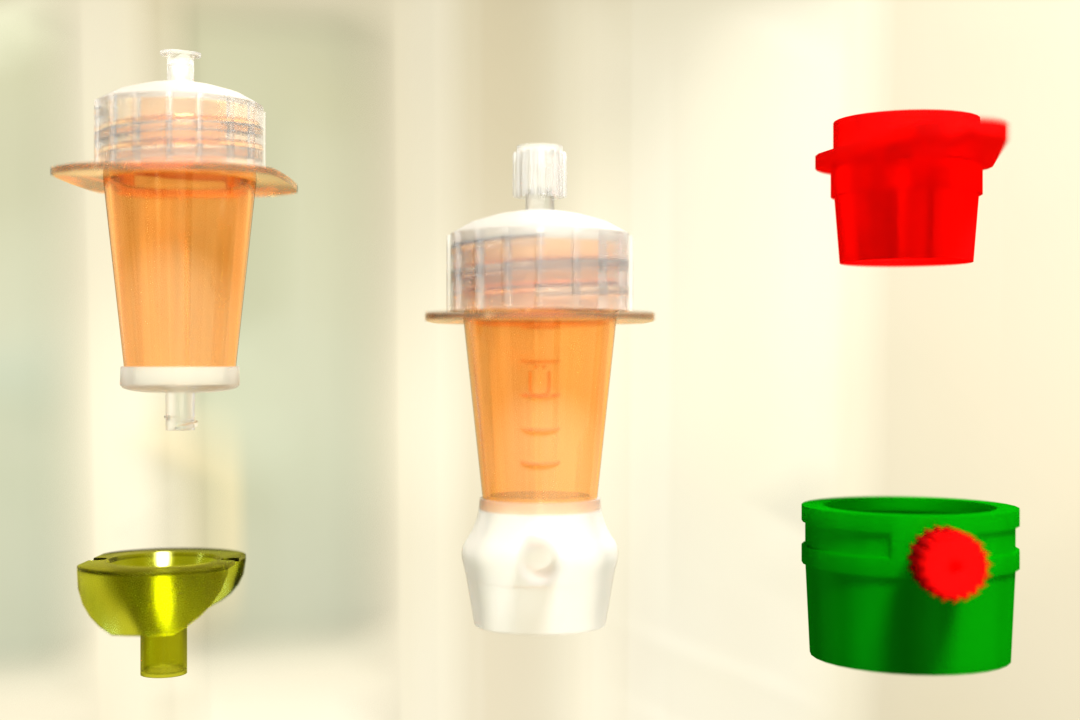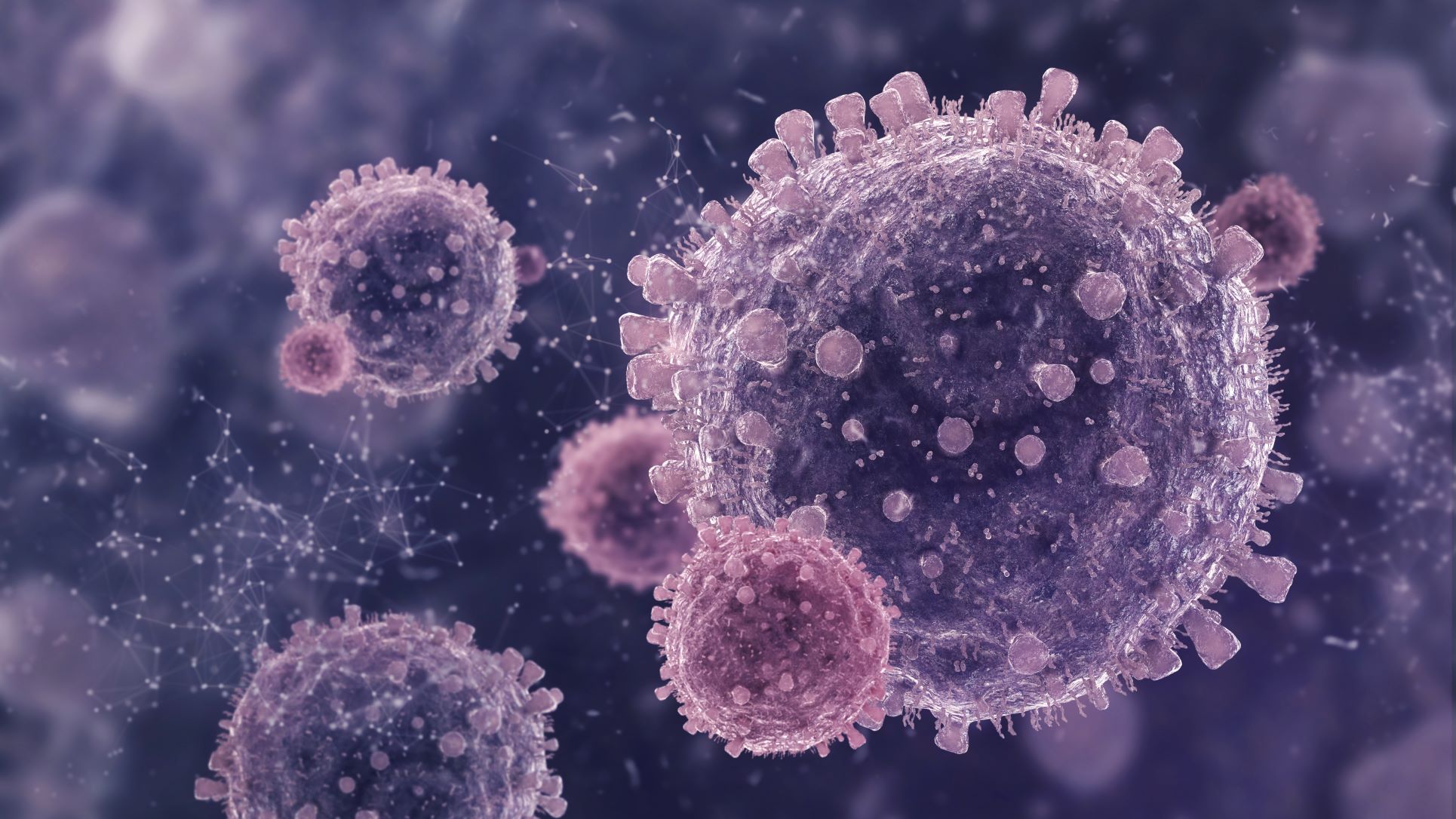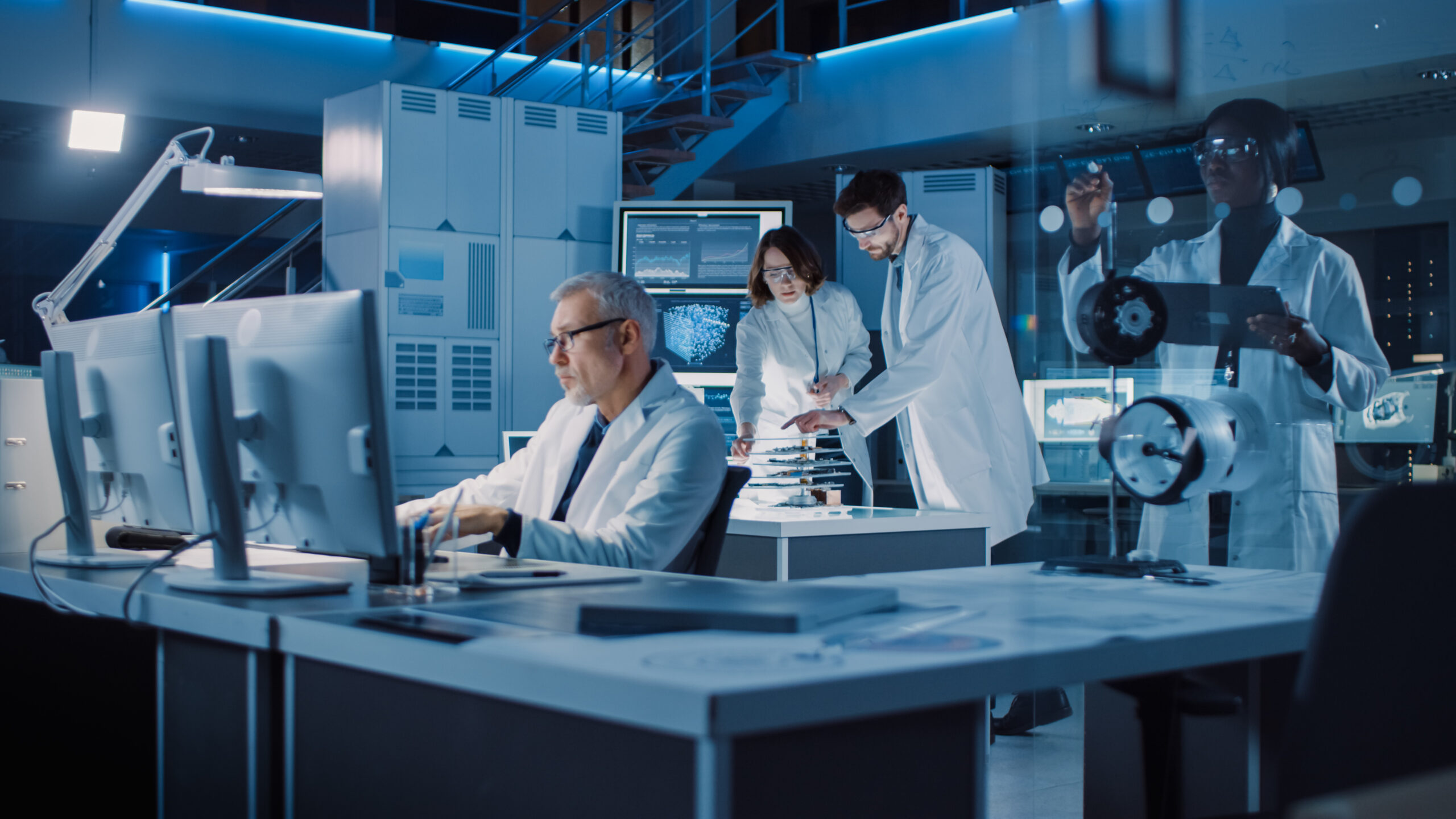Analyzing PBMCs is a critical method for determining the health of the immune system. Find out more about the efficient tools for isolating PBMCs in your research.
Peripheral blood circulates throughout the human body, transporting nutrients, chemical messengers, water, and various cell types. A variety of bone marrow-derived hematopoietic cells, including white blood cells and red blood cells, distribute throughout the body to defend against invaders and transport oxygen, respectively.
The most common clinical application for whole blood is in cases of trauma or serious injury in which the patient has lost a significant amount of blood. To replace what the patient has lost, blood from the donor is transfused into them.
Peripheral blood can also be separated into its constituents, such as red blood cells (RBCs) and human peripheral blood mononuclear cells (PBMCs), and used for treatment and research. The primary source of immune cells used in a wide range of research applications is whole blood.
We will discuss how the Mononuclear Cell separation is done from Peripheral Blood below.
PBMCs and Peripheral Blood
PBMCs are formed in the bone marrow and circulate in the peripheral blood. These cells constitute the majority of the body’s immune response and can provide information about the human immune system and immunologic memory.
PBMC Constituents
Monocytes, dendritic cells, and lymphocytes are cell subsets of PBMCs (or agranulocytes). Agranulocytes are leukocytes, or white blood cells, that lack granules in their cytoplasm.
Monocytes
Monocytes are a type of white blood cell that detects and destroys pathogens such as bacteria or viruses to prevent infection. They live within tissues and circulate through the bloodstream until they are activated by a pathogen.
Dendritic Cells (DCs)
Dendritic cells are specialized white blood cells found in many tissues throughout the body. They can process both internally and externally derived antigens on major histocompatibility complexes on their surface in order to alert other immune system cells to a threat. They are an important component of the innate immune system, but they also play an important role in the human adaptive immune response.
Lymphocytes
T cells, B cells, and natural killer cells (NK cells) comprise the lymphocyte subset of white blood cells. The ability of these cells to regulate the specificity of certain immune responses is a well-studied and important phenomenon.
B and T cells are essential in adaptive immune responses because they recognize pathogen-derived antigens in the bloodstream and tissues. They produce a flood of secreted and cell surface effector proteins when activated in order to destroy the threat and clear the infection. Residual memory T cells and B cell-produced antibodies will remain in the bloodstream to defend the immune system if the same threat is encountered again.
Buffy Coat vs. Whole Blood
While all blood cells, including PBMCs, can be found in peripheral whole blood samples, the concentrations of various blood components in other blood products make them better starting materials for researchers. Isolating PBMCs from whole blood takes time and has a low yield, making it difficult to scale for research applications.
A buffy coat is a popular first-step separation product that contains more PBMC than whole blood. The formation of a buffy coat takes advantage of the specific density differences between blood cell types. The cells form natural layers during density gradient centrifugation. The buffy coat refers to the sample’s PBMC-rich middle layer.
Whole Blood Components
Blood plasma, which is primarily composed of water, hormones, proteins, lipids, and other contaminants that can muddle research and analysis, is present in peripheral whole blood samples. Many red blood cells are found in circulating blood and are necessary for the transport of oxygen throughout our bodies. Peripheral blood contains PBMCs in addition to red blood cells, platelets, and plasma—roughly 2 million per milliliter.
Isolation of Mononuclear Cells from Peripheral Blood
One technique that aids in the separation of peripheral blood mononuclear cells from whole peripheral blood is the use of a density gradient centrifugation process.
Because cells have a specific density, a density gradient centrifugation process separates the major cell populations, such as lymphocytes, monocytes, granulocytes, and red blood cells, across a density gradient medium. To allow adequate separation of PBMCs (density 1.077 g/ml) from red blood cells and granulocytes (density > 1.077 g/ml), the medium will have a density of 1.077 g/ml for human cells.
Centrifugation after layering whole blood over a density medium without mixing the two layers will disperse the cells based on their densities. The PBMC fraction will appear as a thin white layer at the plasma-density gradient medium interface after centrifugation, making it easy to remove.
PluriSelect provides optimized density gradient media for the separation of leukocytes, monocytes, platelets, and PBMCs from older blood. Our TwinSpin and pluriMate separation devices allow us to separate the target fraction regardless of impurity density. The centrifugation tubes facilitate handling and accelerate the purification process.
Pluriselect created a line of ready-to-use density gradient media for single-step density gradient centrifugation, which is used to isolate specific blood cell populations.
- PBMC-Spin, which has a density of 1,077 g/ml at room temperature, can be used to isolate PBMC from fresh anti-coagulated blood.
- Leuko Spin works well for enriching all types of leukocytes from anticoagulated blood. We recommend using it if you need to work with blood that has been sitting for more than 12 or even 24 hours.
- PBMC24+ Spin, which has been specifically designed for these conditions to minimize granulocyte contamination.
- The density of the Monocyte Spin Medium has been adjusted to efficiently separate the monocyte fraction.
- PLT Spin Medium removes the platelet fraction from blood cells specifically.
In human health and disease research and clinical studies, PBMCs are an important component and a powerful tool. Researchers and clinicians can gain a better understanding of human diseases and apply their findings to treatments and cures by using efficient Peripheral Blood Mononuclear Cell separation.
With so many complex methods for isolating highly concentrated PBMC samples for downstream analysis, deciding on the best one for your experimental applications can be difficult. TwinSpin is a gentle and simple solution for any application that will save you time and resources in your laboratory. Allow this revolutionary technology to become a part of your standard workflow to ensure successful PBMC isolation every time.
Our TwinSpin and pluriMate are unrivaled when it comes to isolating PBMCs from whole blood or buffy coat. Visit our website to learn more about our extensive product line.
Reference:
Science Direct
NCBI
Parasites And Vectors
 English
English French
French
 German
German
 Spanish
Spanish
 Belgium
Belgium
 Italian
Italian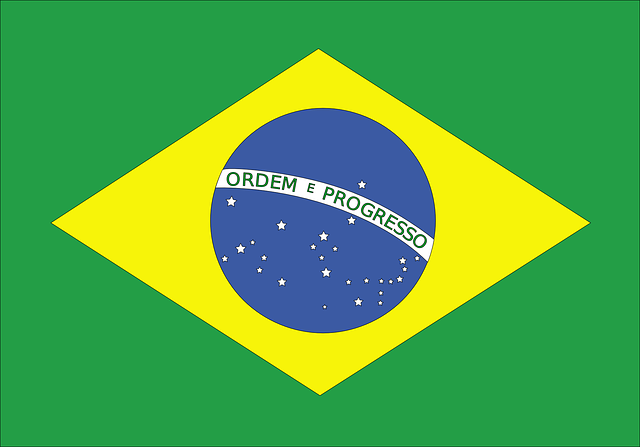 Brazil
Brazil Chinese Mandarin
Chinese Mandarin
